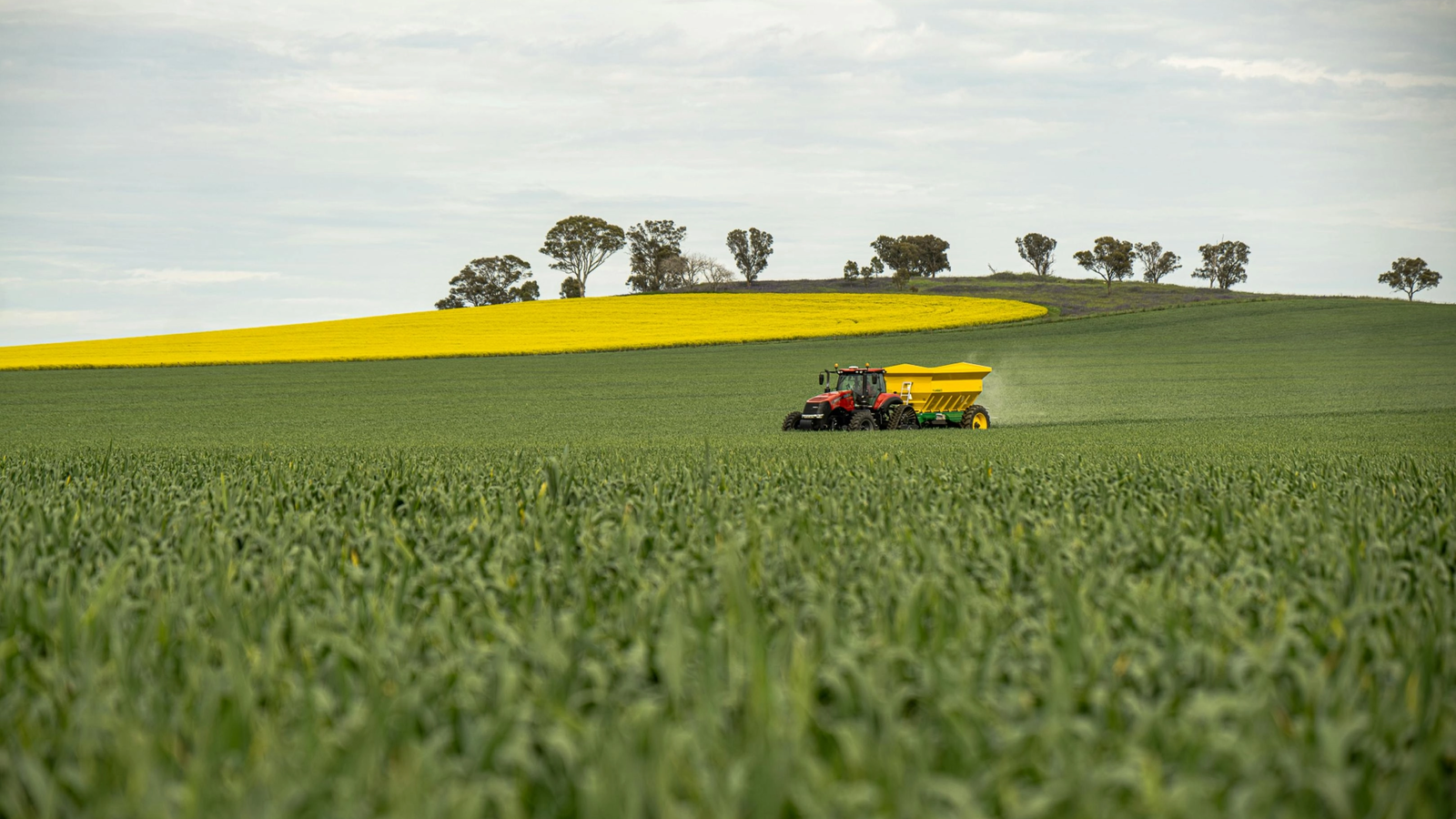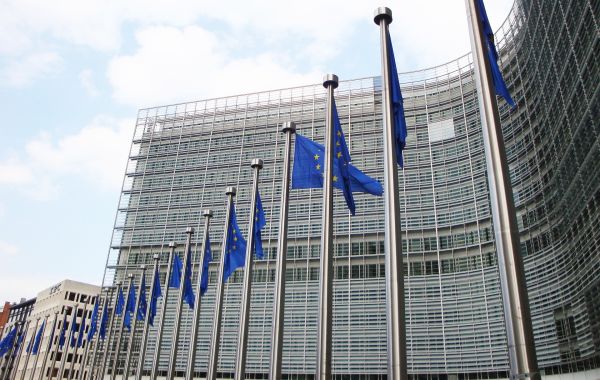Regenerative farms retain up to 95% of their crops during droughts, outperforming conventionally farmed land by two-thirds, even as climate shocks intensify in all regions of the globe, shows a new report published by Save the Soil.
This study, published on October 21, warns that governments are ignoring the most powerful and accessible form of climate insurance already under our feet: "healthy, living soil."
Titled "Soil: The Hidden Solution to Climate Change Adaptation," the report reveals that restoring soil health could significantly strengthen food systems, water security, and climate resilience.
Explaining the importance of healthy soils for adapting to climate change, the report finds that regenerative farms retain up to 95% of their crops during droughts, outperforming conventionally farmed land by two-thirds - even as climate shocks intensify in all regions of the globe.
"When droughts or floods strike, the difference in the survival of farms and crops is not luck - it's soil. Healthy soil is the planet's most important water reservoir and carbon store. Ignoring it means failing to adapt to climate change," said Praveena Sridhar, Science and Policy Advisor for Save the Soil.
Key findings of the report include: Water security and drought resilience: Regenerative farms store hundreds of thousands of extra litres of water per hectare, preserving 95% of their harvest during droughts; Food security: Organic corn and other regenerative systems outperform conventional crops by up to 137% under drought stress; Carbon storage: Soils store more than three times more carbon than the atmosphere - Canada's soils alone store 150 billion tonnes - making soil management another major tool in combating climate change.
The report also showed that farmers using regenerative methods can maintain or increase profit margins by reducing their dependence on synthetic fertilizers and pesticides, while maintaining or improving their yields.
"Practices such as cover crops, reduced tillage, agroforestry and composting have been shown to build resilience and profitability, but the report warns that government policies fall dangerously behind the science," say Save the Soil representatives.
Ahead of COP30 in Brazil, the report reveals a critical gap in government policy: the world's richest nations - despite spending tens of billions of dollars annually on agriculture - are failing to treat soil as essential climate infrastructure. For example, in the UK, Ł2.4 billion is spent annually on farm support but there are no binding national targets for soil health, and in France, soil droughts have doubled since the 1960s, leading to record wildfires.
Canada loses 3 billion Canadian dollars a year to soil degradation, even though its soils store huge reserves of carbon, while the US and Germany lack unified monitoring frameworks, relying on fragmented, practice-based incentives.
"We cannot adapt to climate change by ignoring the foundation that feeds and protects us. Soil is not just an agricultural input - it is a national infrastructure for survival," Sridhar warned.
Finally, the report calls on governments to set binding national targets for soil health and build global soil monitoring systems under the UNFCCC.
By integrating soil into climate change adaptation policy, Save the Soil argues that nations can strengthen food security, stabilize rural economies, and activate one of the world's largest natural carbon reservoirs - before these systems collapse under accelerating climate pressure.
Save the Soil is a global grassroots movement launched by Conscious Planet to address the rapid degradation of agricultural soils. Over the past 30 years, Save the Soil has implemented a holistic strategy for soil revitalization through scalable farmer-led projects, policy advocacy, and citizen awareness campaigns. The movement works with governments around the world to develop soil policies and supports over 250,000 farmers in India to transition to a variety of regenerative agricultural practices, including agroforestry.
































Comentează